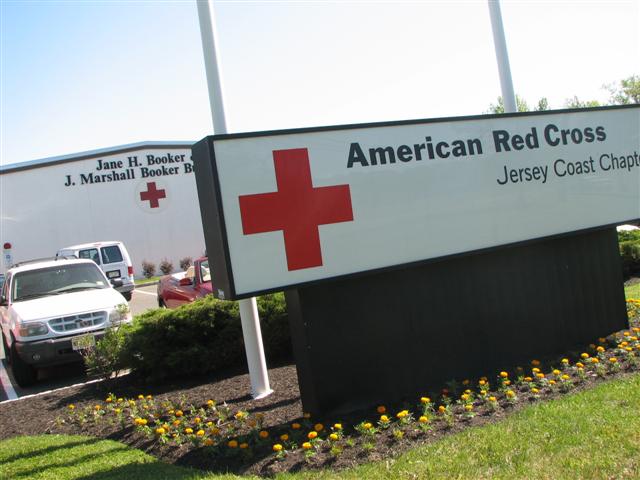By GRAELYN BRASHEAR • STAFF WRITER • August 29, 2010 Asbury Park Press
When Al Figueroa drove into Gulfport, Miss., in late August 2005, he was expecting to see storm damage. Instead, he saw what looked to him like the aftermath of a nuclear explosion.
"My first impression, honestly? I said, "This reminds me of Hiroshima,' " said the 48-year-old Howell dad. "There was not a leaf on a tree. It looked like a bomb went off. The stench in the air . . . it was almost hard to breathe."
Figueroa, Regional Director of Information Technology for the Jersey Coast Chapter of the American Red Cross, had watched the news reports on the approaching hurricane and felt what so many others did: He needed to help.
Professionals like him weren't the only ones. "We had people come out in the hundreds locally wanting to help," said Jersey Coast Chapter CEO Tara Kelly. "Eleven hundred people came out and registered as Red Cross volunteers and took some sort of a local training of us," she said.
Like Red Cross organizations around the country, the Tinton Falls-based Jersey Coast Chapter had different kinds of support to offer the battered Gulf coast in the wake of the costliest — and one of the deadliest — natural disasters in the nation's history.
There were staffers like Figueroa, trained experts ready to volunteer where their skills were most needed. For him, that meant helping set up a multi-million-dollar communications network on the fly in a disaster relief headquarters in Montgomery, Ala., as well as establishing multiple satellite offices in the worst-hit areas.
But there were also droves of newcomers who showed up in Tinton Falls with full hearts but no experience. They trained and they toiled, and many of them stayed on with the Red Cross, creating an enduring legacy of volunteerism that has far outlasted the storm.
One of those newcomers was Carol Cohen of Brick. Now 60, Cohen had worked for years as a vice president of customer service for a store fixture manufacturer.
"There was a lot of trauma and drama about how many clothing racks this store was getting," she said. Eventually, she needed a new direction. "I said, "I'm going to do something that really matters in the grand scheme of things.' "
"For me, it was just the magnitude of people in need. We all saw the horrifying pictures," she said, remembering the footage from New Orleans. The Superdome. The interstates. It was time to step up.
Along with hundreds of others, she arrived at the Jersey Coast Chapter's headquarters asking to be put to work. By the time she finished her disaster relief training, much of the Red Cross' effort in the Gulf was wrapping up. She stayed on, volunteering for other projects, and now she works full time as the director of health and safety services for the chapter.
People like her are dubbed "Katrina babies," Cohen said. "It's somebody who came to Katrina and stayed for the rest of the party," she laughed.
Like so many other Red Cross employees, she also stands ready to drop her full-time work and go to the scene of a disaster, which she did when the 2008 hurricane season again blasted the Gulf. "It's so much more than a job," she said. "It's a mission. It's a passion."
Figueroa agreed. He recalled trying to get across a road in Gulfport five years ago. He looked down and realized he was walking on the floor of a home, the rooms discernible by the change in flooring. Here some wood, there tile.
"I approached this elderly woman, and I said, "Do you live in this area?' " Figueroa recalled. "And she said "Yes, I live here, actually.' And we were standing on the foundation of her house." He gave her what he could: a hug. Moments like that one, he said, when he was able to offer exactly what was needed, will stay with him forever. "Nothing compares to giving," he said. "Giving is the greatest gift."
skip to main |
skip to sidebar
VIEW OUR PHOTOS ON FLICKR
www.flickr.com
This is a Flickr badge showing items in a set called Red Cross Honors Veterans at AristiCare in Whiting. Make your own badge here.
.jpg)